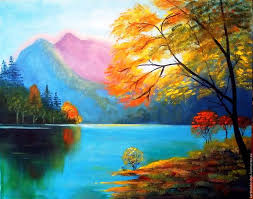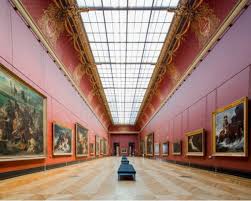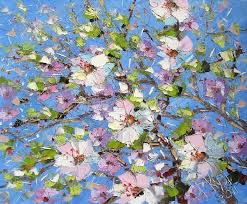nastya
HISTORY OF THE DEVELOPMENT OF THE DUTCH AND FLEMAND STILL LIFE (part 2)
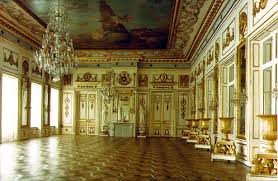 The developed manufactory, which arose on the basis of marine industries and shipping, a huge colonial economy and a leading role in world trade, provided Holland with an economic upsurge. Natural sciences are being developed to cater for the increased needs of the economy. Culture is blooming. Holland is becoming the center of European typography, and its universities enjoy universal fame. Significant successes are made by fiction, professional Dutch theater appears, outstanding works arise in the field of architecture, graphics flourish, and finally, the most characteristic, specifically Dutch art – painting reaches unprecedented heights.
The developed manufactory, which arose on the basis of marine industries and shipping, a huge colonial economy and a leading role in world trade, provided Holland with an economic upsurge. Natural sciences are being developed to cater for the increased needs of the economy. Culture is blooming. Holland is becoming the center of European typography, and its universities enjoy universal fame. Significant successes are made by fiction, professional Dutch theater appears, outstanding works arise in the field of architecture, graphics flourish, and finally, the most characteristic, specifically Dutch art – painting reaches unprecedented heights.
We pay tribute to the brave Dutch seafarers, respect the achievements of Dutch opticians and doctors, philosophers and lawyers, but Dutch painters have overshadowed their glory for centuries. Continue reading
HISTORY OF THE DEVELOPMENT OF THE DUTCH AND FLEMAND STILL LIFE (part 1)
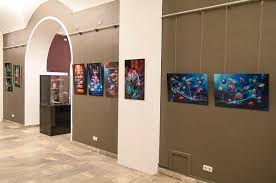 In the 50s and 60s of the 16th century, the situation in the Netherlands became extremely tense. If in the first half of the century the burden of economic exploitation by Spain was balanced to a certain extent for the bourgeoisie with the benefits derived from the inclusion of the Netherlands in the world empire of the Habsburgs, which guaranteed the security of trade, in the second half of the 16th century the situation radically changed. The dependence of the Netherlands on feudal Catholic Spain became a brake on the further development of the country.
In the 50s and 60s of the 16th century, the situation in the Netherlands became extremely tense. If in the first half of the century the burden of economic exploitation by Spain was balanced to a certain extent for the bourgeoisie with the benefits derived from the inclusion of the Netherlands in the world empire of the Habsburgs, which guaranteed the security of trade, in the second half of the 16th century the situation radically changed. The dependence of the Netherlands on feudal Catholic Spain became a brake on the further development of the country.
Increased pressure on the Dutch provinces, the tax system, which undermines the foundations of trade – all this delayed the development of productive forces. The free development of the bourgeoisie has already become incompatible with the feudal system. Continue reading
HISTORY OF LANDSCAPE GENRE DEVELOPMENT (part 2)
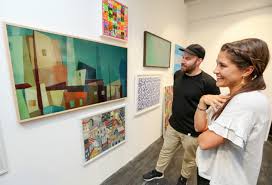 Landscape motifs began to play a more important role during the High Renaissance. Many artists began to carefully study nature. Having abandoned the usual construction of spatial plans in the form of wings, piling up parts that are inconsistent in scale, they turned to scientific developments in the field of linear perspective. Now the landscape, presented as a whole picture, is becoming an essential element of artistic plots. So, in the altar compositions, which the painters most often referred to, the landscape looks like a scene with human figures in the foreground. Continue reading
Landscape motifs began to play a more important role during the High Renaissance. Many artists began to carefully study nature. Having abandoned the usual construction of spatial plans in the form of wings, piling up parts that are inconsistent in scale, they turned to scientific developments in the field of linear perspective. Now the landscape, presented as a whole picture, is becoming an essential element of artistic plots. So, in the altar compositions, which the painters most often referred to, the landscape looks like a scene with human figures in the foreground. Continue reading
